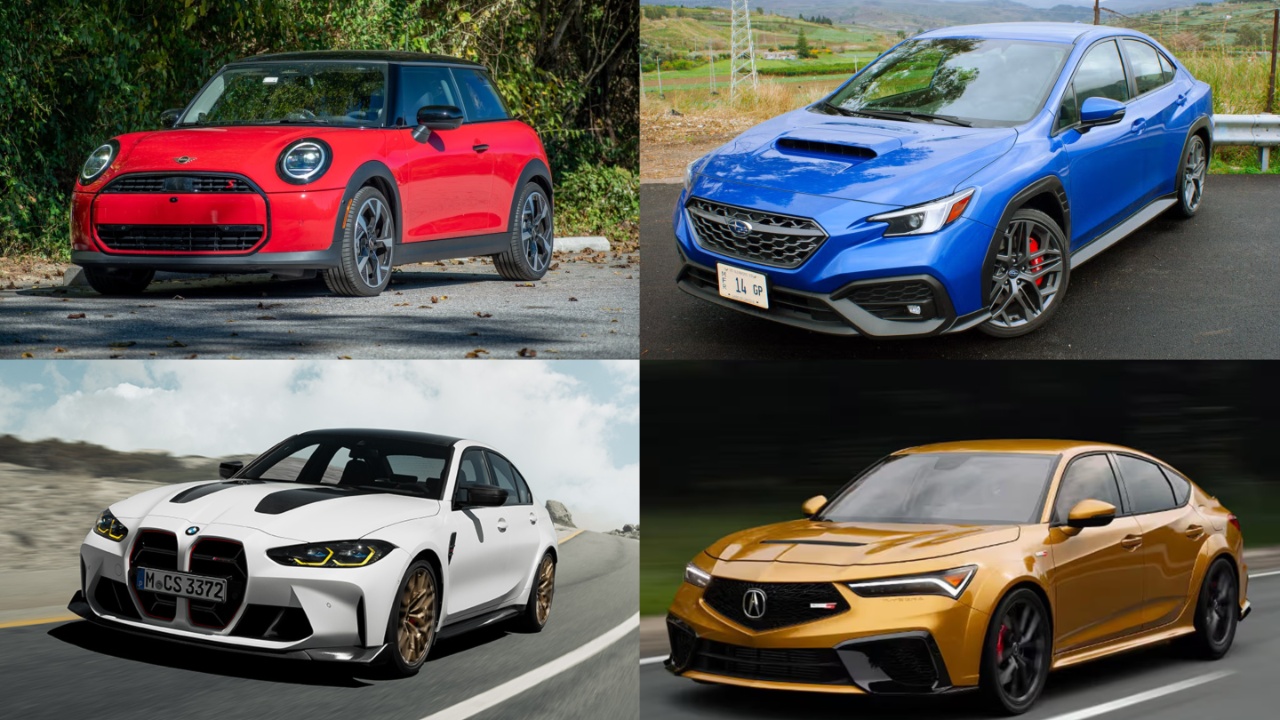When buying a vehicle, the initial purchase price is only part of the equation. Long-term repair and maintenance costs can significantly affect your overall expenses. While luxury and performance cars offer premium features, they often come with hefty repair bills.
Considering this before making a purchase is crucial for financial planning. From advanced technology to specialized parts, certain brands require more attention—and money—over time. Let’s take a detailed look at the vehicles with the most expensive repairs over a 10-year ownership period.
1. Land Rover: Luxury Comes at a Price
Land Rovers are admired for their rugged design and luxurious feel, but maintaining one can be financially draining. Known for frequent air suspension issues and a less-than-stellar reliability reputation, these vehicles require specialized labor and costly parts.
According to Kelley Blue Book, Land Rover owners can expect to spend approximately $19,250 over 10 years, or close to $2,000 annually. While the off-road capabilities are top-notch, buyers should factor in long-term repair costs before purchasing.
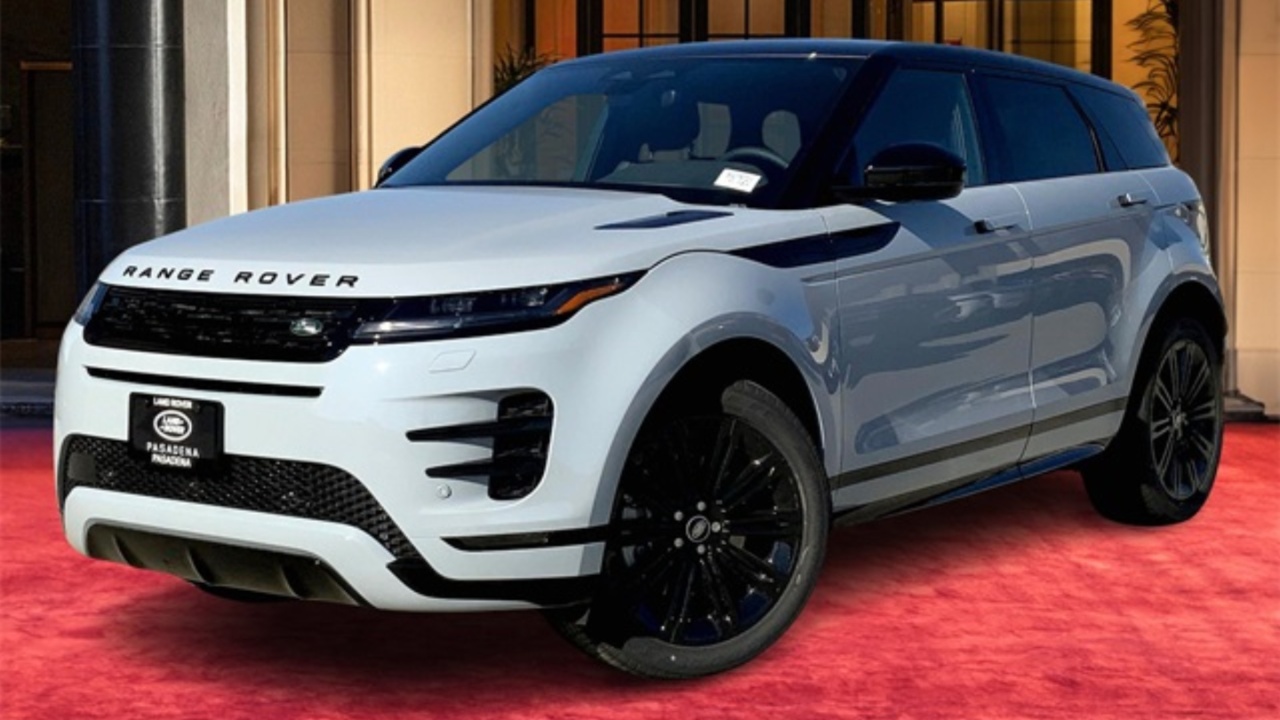
2. Porsche: Precision with a Price Tag
Engineered for high performance, Porsche cars demand high maintenance costs due to complex engines and imported parts. Repairs for clutches, brakes, and cooling systems are notoriously pricey, and electrical problems are not uncommon. The brand’s sophistication requires trained specialists for diagnostics and repairs.
KBB estimates Porsche owners pay around $14,090 over a decade, averaging more than $1,400 per year. This premium price for performance may not be ideal for cost-conscious buyers despite the brand’s appeal.
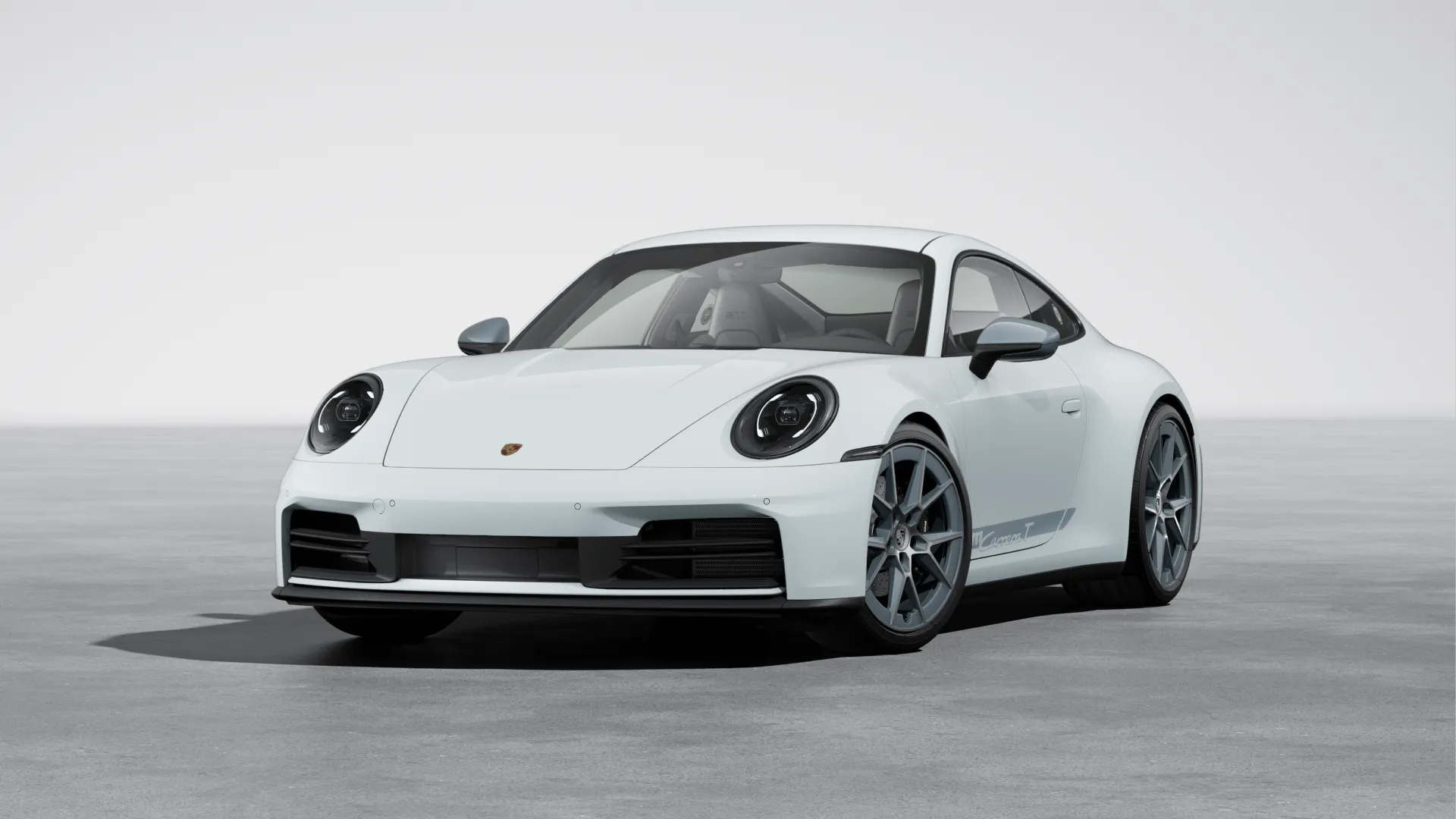
3. Mercedes-Benz: Cutting-Edge and Costly
Mercedes-Benz vehicles offer high-end technology and luxury, but those benefits often result in higher repair costs. Complex features like adaptive cruise control and turbocharged engines need specialized service, driving up labor costs.
Common repair areas include electronics and transmissions, and premium parts aren’t cheap either. Over a 10-year span, Mercedes owners spend around $10,525 on repairs. Those drawn to the brand’s prestige should also be ready to handle these ongoing maintenance costs.

4. Audi: Sleek Design, Steep Maintenance
Audi vehicles are beloved for their aesthetics and tech-forward features, but their Quattro all-wheel-drive system and compact engine layout can make repairs expensive. Common issues include turbocharger failures and persistent electrical faults, both of which demand significant labor.
The cost of premium parts adds to the financial burden. With an estimated $9,890 in repair costs over 10 years, Audi owners should prepare for routine maintenance expenses that go beyond average car brands.

5. BMW: Performance with a Premium Repair Bill
BMW’s blend of sporty performance and luxury comes with a high price in the service department. Typical problems include oil leaks, cooling system issues, and malfunctioning electronics. The brand uses highly specific parts and requires skilled labor, making even basic services costly.
Over 10 years, repairs may total around $9,500. While driving a BMW offers a refined experience, it’s important to remember that maintenance costs are often higher than other brands in the same segment.
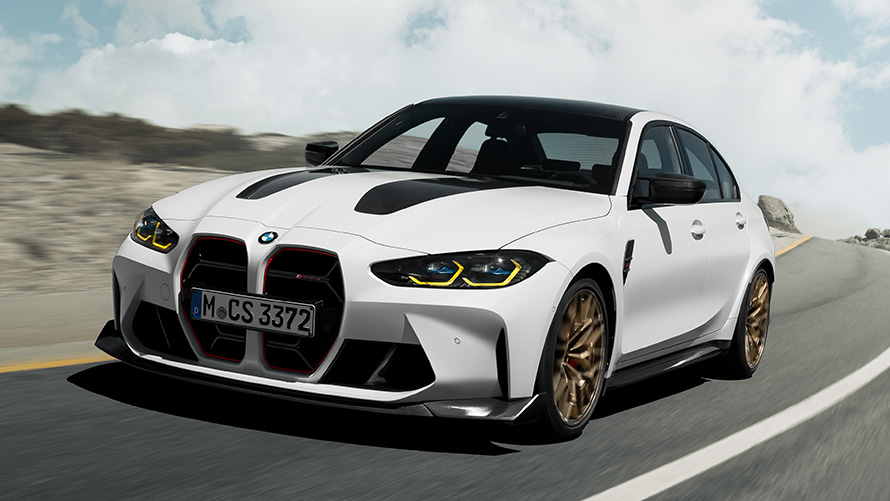
Also Read: Top 10 Cars With the Best Cooling Systems for Long-Lasting Engines
6. Volvo: Safe but Not Cheap
Volvo cars are renowned for safety and reliability, yet their repair costs tell a different story. Advanced safety technologies are expensive to maintain, and imported parts further inflate expenses. Common complaints include faulty electrical systems and failing air conditioning units.
On average, Volvo owners spend about $9,285 over 10 years. The brand’s commitment to cutting-edge safety features comes with an added financial responsibility that potential owners should factor into their purchase decision.
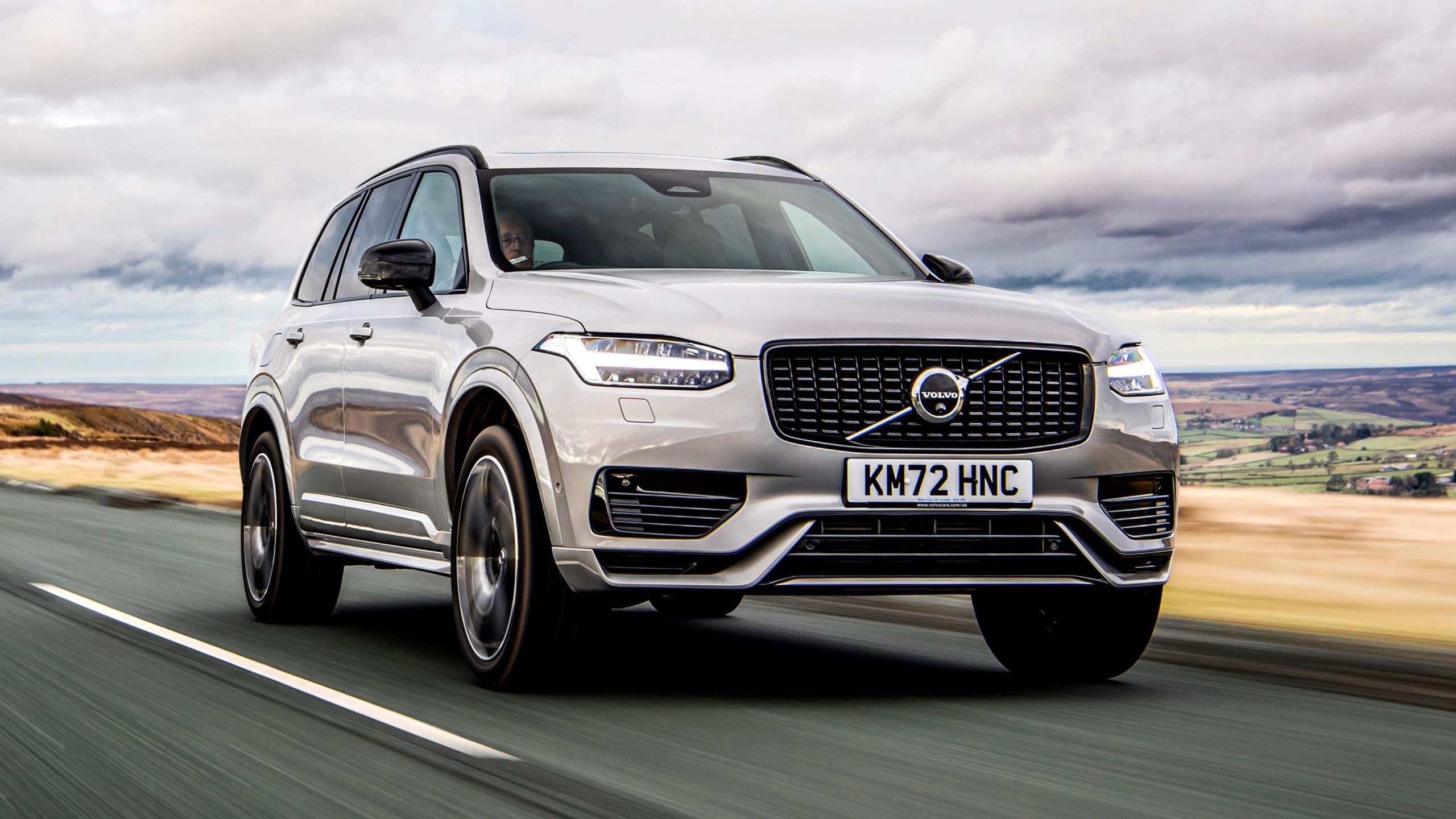
7. Infiniti: High-Tech, High-Cost Repairs
Infiniti vehicles offer a balance of luxury and sporty design, but their repair and maintenance costs can climb quickly. Transmission and engine problems are frequent, and high-tech features make diagnosing and fixing issues more complex.
Parts are often more expensive than competitors, pushing the 10-year repair cost to around $8,500. While Infiniti delivers on performance and innovation, buyers should be ready for the long-term financial commitment tied to repairs and servicing.
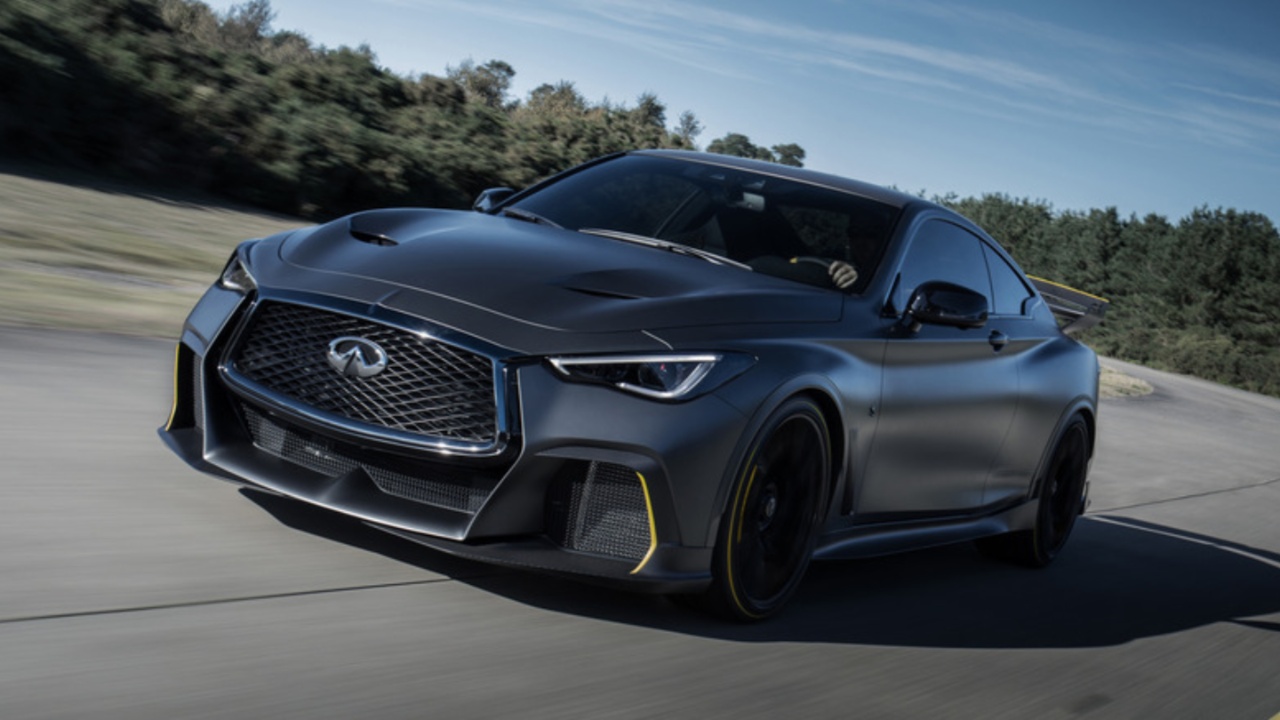
8. Acura: Reliability with a Hidden Cost
Despite its reputation for dependability, Acura’s maintenance expenses can catch some owners off guard. Common costly issues include water pump and timing belt repairs, along with complicated transmission systems. Though the brand uses relatively accessible parts, the complexity of its systems often leads to high labor costs.
With an estimated repair bill of $7,800 over 10 years, Acura may not be as affordable as its image suggests. Prospective buyers should weigh repair costs alongside reliability ratings.
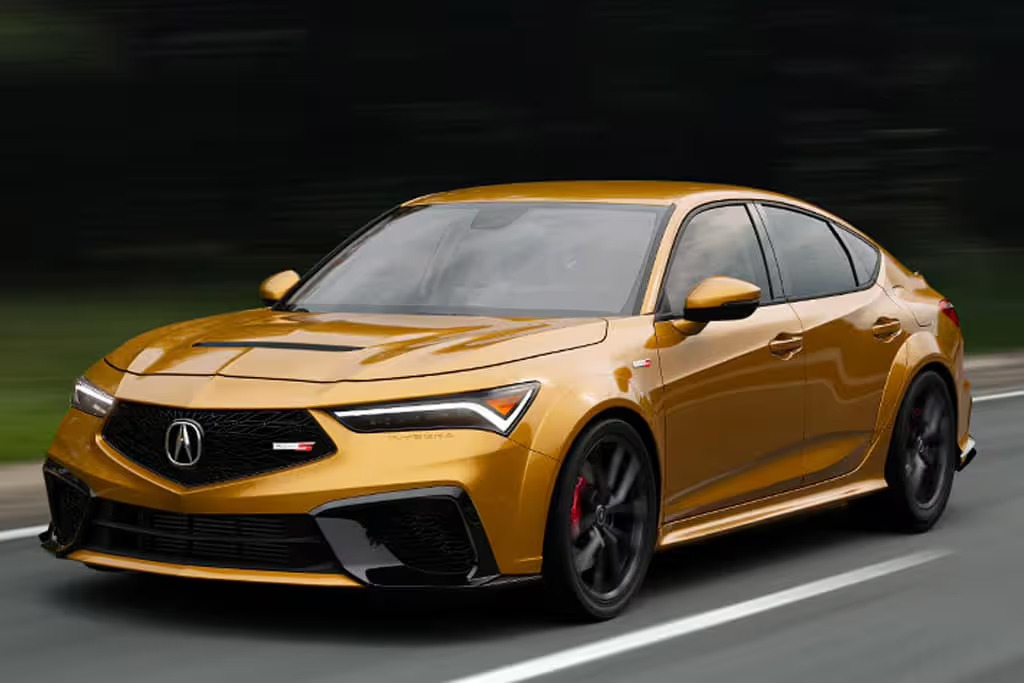
9. Mini: Compact and Costly
Mini Coopers are loved for their quirky design and agile handling, but their compact build complicates repair work. Mechanics often need to disassemble multiple components to fix a single issue, leading to high labor costs.
Frequent problems include transmission and electrical system failures. Replacement parts are also surprisingly expensive for such a small car. With a 10-year repair estimate of $7,625, owning a Mini might be more costly than many expect, despite its small stature.
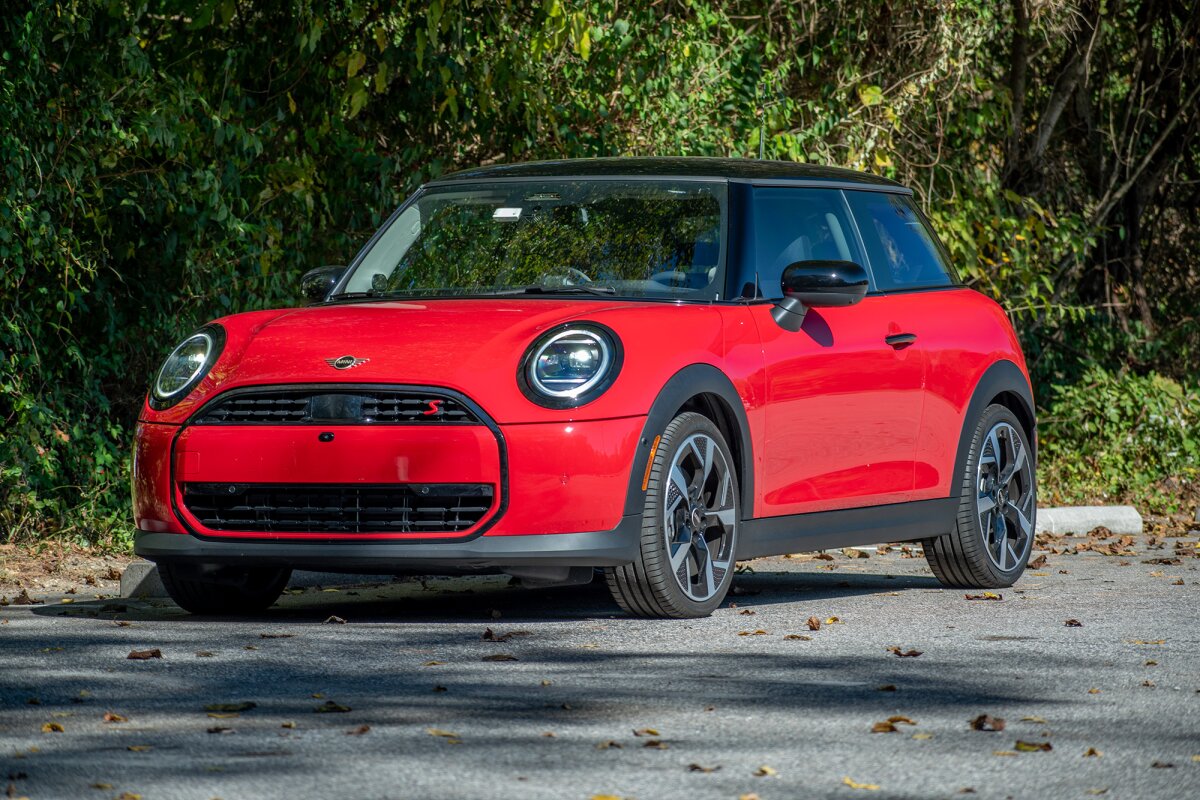
10. Subaru: Reliability with Caveats
Though Subaru enjoys a reputation for durability and all-weather performance, it still incurs above-average repair costs. Head gasket issues, especially in older models, are both common and expensive. The brand’s all-wheel-drive system, while advantageous, adds complexity and cost when repairs are needed.
Electrical and transmission problems can also be a financial burden. Subaru owners typically spend around $7,200 on repairs over a decade, making it a surprisingly expensive option among mainstream brands.
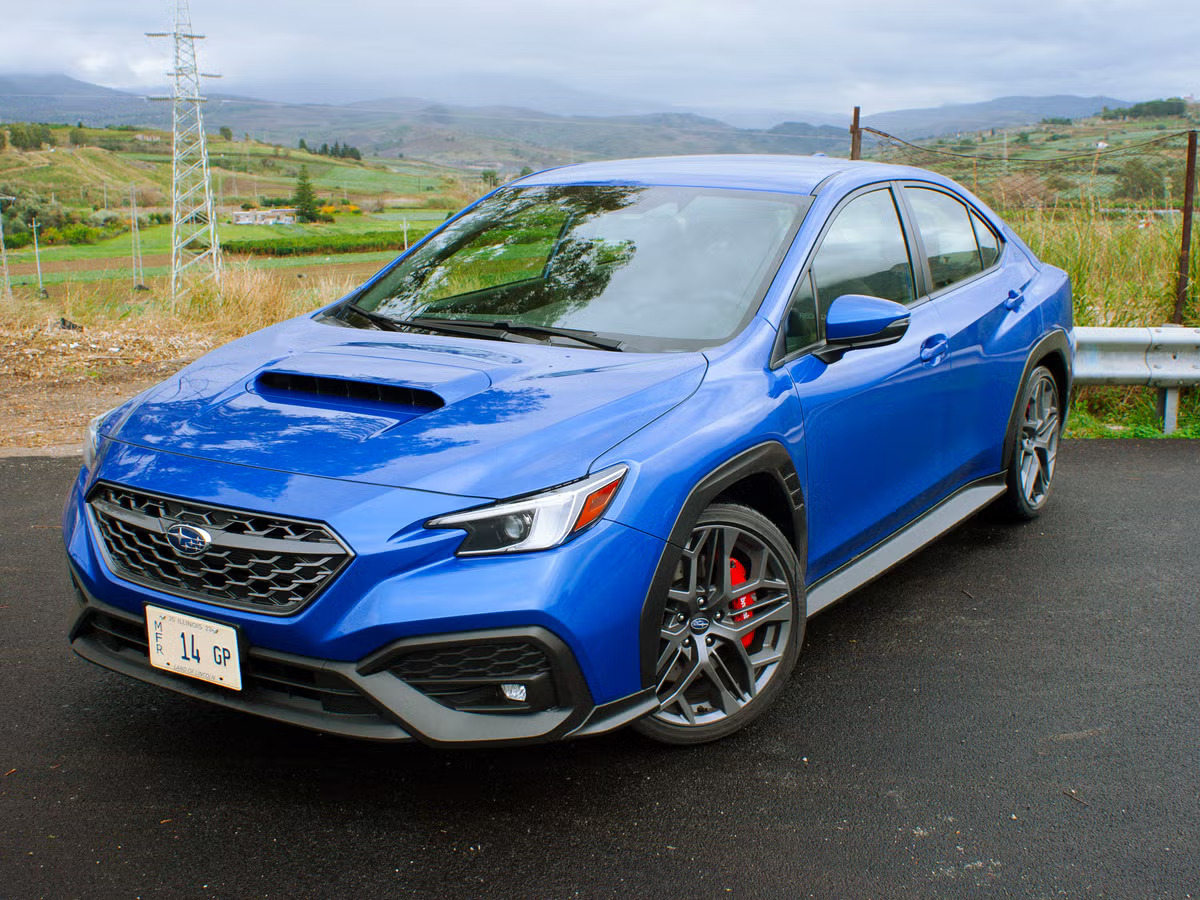
Luxury and performance cars offer many advantages, from superior design to advanced technology. However, these perks often come with high repair and maintenance costs that may strain long-term budgets. Understanding what to expect financially allows buyers to make smarter, more sustainable choices.
While the appeal of owning a premium vehicle is strong, being realistic about ongoing expenses ensures you won’t be caught off guard. Prioritizing reliability and total cost of ownership is key to making a well-rounded vehicle decision.
Also Read: 10 Best Cars That Balance Horsepower With Long-Term Value

